|
We just completed our fourth field effort of 2017. This was our third trip down to San Clemente Island this year. This is a continuation of our long-term study on potential impacts of military activities on beaked whales and other species. The U.S. Navy’s Southern California Anti-Submarine Warfare Range (SOAR), which extends west into the San Nicolas Basin from San Clement Island, is a focal training area within the Southern California Offshore Complex (SOCAL). SOAR consists of an array of 88 bottom-mounted hydrophones that are used for real-time, three-dimensional tracking of undersea vehicles. During this project, we work closely with M3R (Marine Mammal Monitoring on Navy Ranges). Acousticians monitor these hydrophones looking for vocalizing beaked whales and other species to identify areas where we should focus our efforts. Beaked whales vocalize during deep foraging dives. M3R tracks the locations where the vocalizations are occurring to provide the best opportunity for us to locate these animals once they have ceased foraging at depth and return to the surface. This survey effort took place from July 22-30th. During that time, we surveyed 666 nautical miles and spent over 70 hours on the water searching for whales and dolphins. In total, we documented seven species: Cuvier’s beaked whale, humpback whale, short-beaked and long-beaked common dolphin, bottlenose dolphin, bryde’s whale, and fin whale. It was rather quiet for large whales during this survey. We documented one humpback whale, five fin whales (two mom/calf pairs), and a Bryde’s whale. Bryde’s whales are infrequently sighted so we were very excited to document the presence of this animal. While it was pretty quiet for large whales, we were quite successful in locating beaked whales. In all, we had five encounters totaling 9 unique individuals including 2 calves. We started out the trip with some luck as we documented our first encounter of beaked whales on the very first day on the water as we surveyed from the coast out to the island. Later in the week, we were able to deploy a satellite tag on an adult male. In addition to recording dive behavior and locations, this tag provides superior location estimate over a standard Argos tag with the inclusion of Fastloc fast-acquistion GPS developed by MarEcoTel and Wildlife Computers as part of a project in collaboration with the Naval Undersea Warfare Center and was funded by the Environmental Security Technology Certification Program. This was our third deployment of this type of tag on a Cuvier’s, all occurring this year. When we relocated this animal four days later, he was still associated with the same individual from the tagging day as well as a new one. In addition to quality photographs of all animals, we collected nine water samples from the footprints to contribute to a study looking at environmental DNA conducted by the University of Oregon. An additional five biopsy samples were collected from bottlenose and common dolphins to contribute to ongoing studies. Funding for this research was provided by the U.S. Navy Pacific Fleet. Our next field effort will occur in November and we will be back on San Clemente Island.
3 Comments
8/17/2017 21:58:07
Great work! You're doing. See you at tag workshop next month! If okay with you, will share your organization's website to mine.
Reply
10/9/2017 18:46:48
Caring for the environment is vital for the survival of our world's flora and fauna. I commend all the individuals who provide their energy and time to the survival of our shared environment. An example is the San Clemente Island Field Work. This fieldwork is a significant step towards tracking down human footprints. These footprints make our environment ill. We should practice our higher order thinking skills in these kinds of situations. Without Earth, where would we live? This action can save our environment.
Reply
Brenda Rone
8/18/2017 20:51:37
Absolutely, Stephanie! Please feel free to share and thank you!!
Reply
Leave a Reply. |
AuthorClick here to learn about our research staff. Archives
August 2022
Categories |
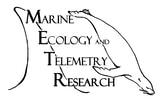

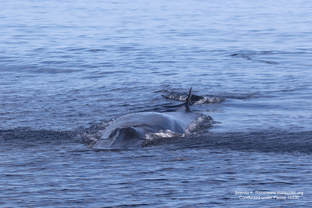
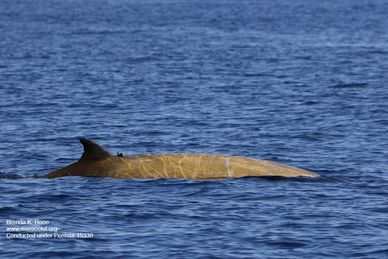

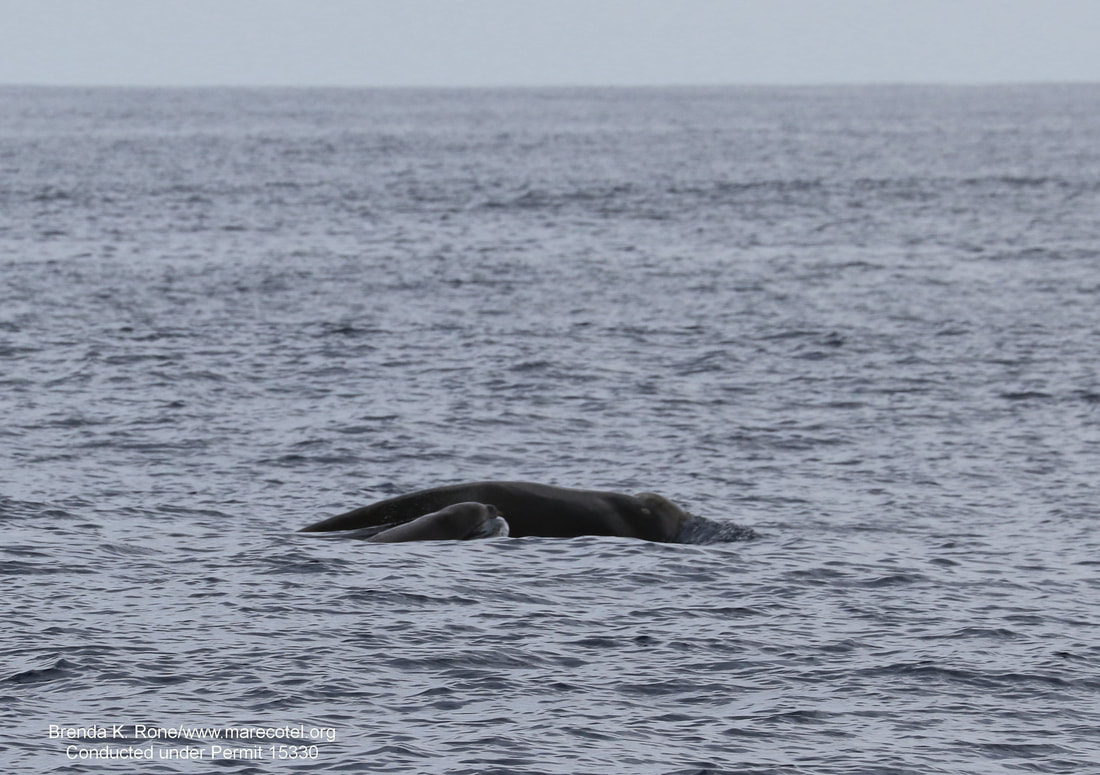
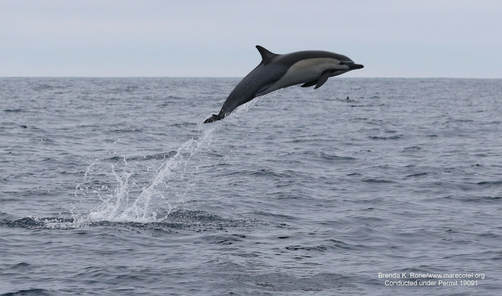
 RSS Feed
RSS Feed